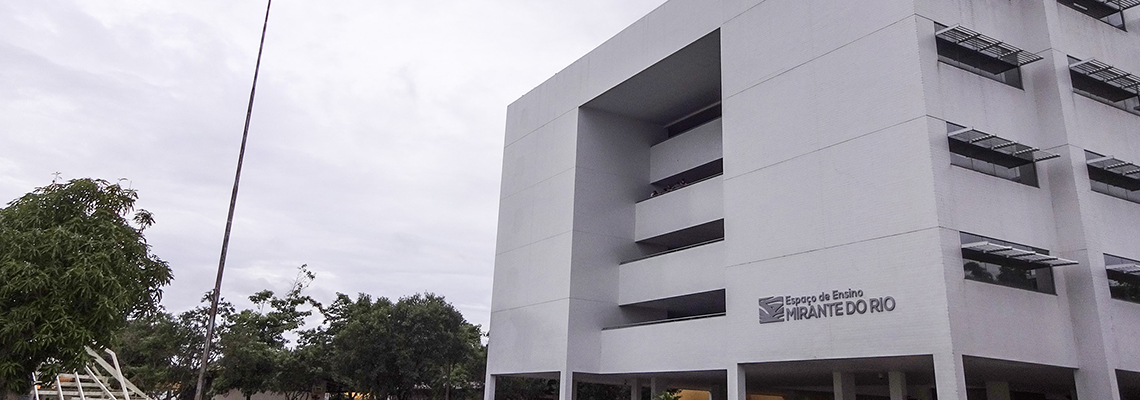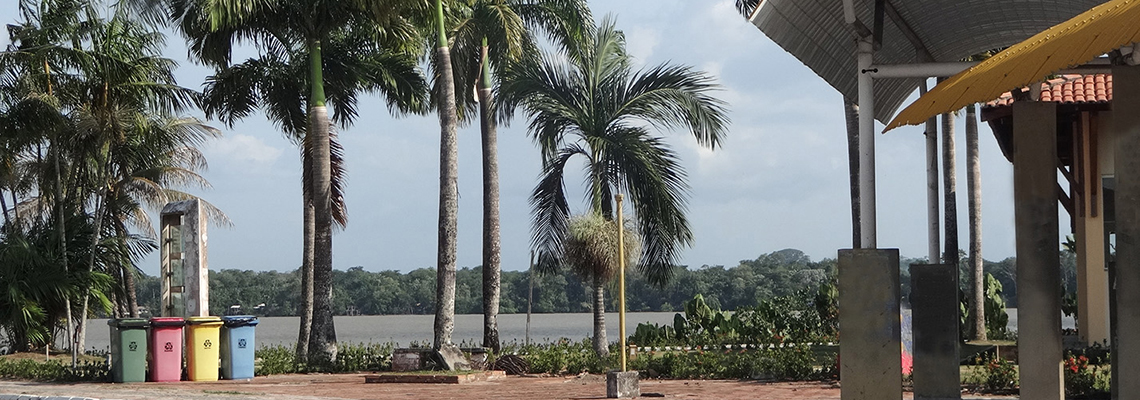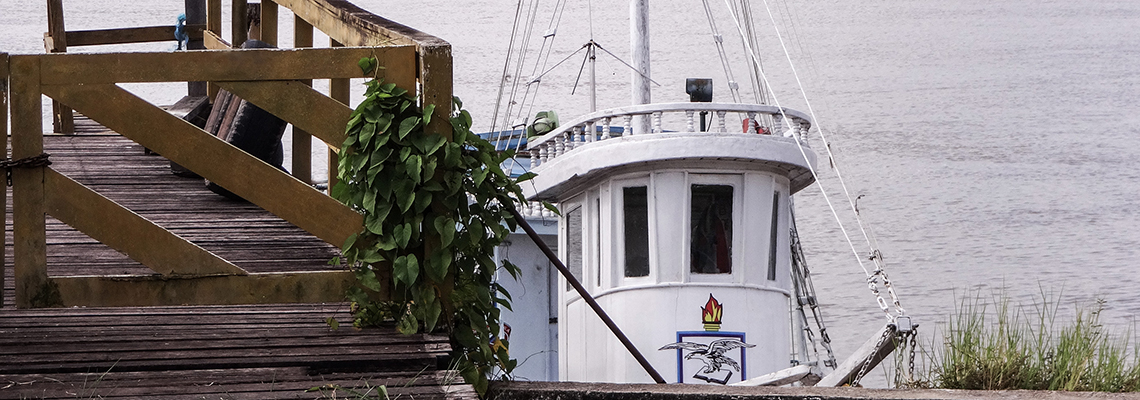Laboratory of Analysis of Geographical Information (LAIG)
Located in the IFCH building, it has a coordinating professor and two fellows and assistants. It is open from Monday to Friday, from 08 a.m. to 6 p.m. Demands related to geoprocessing and cartographic representation from the Geography undergraduate Course and Graduate Program are met. The laboratory has a large mapping room with cartographic instruments (15 GPS Garmin etrex Legend, light tables, clipboards, stereoscopes, curvimeters, maps, charts, cartograms, large drawing board), as well as 20 computers. It also features an HP Designjet T610 Ploter, with up to A1 print capability, HP Officejet Pro K 8600, A3 printer.
Physical Geography Lab
Located in the IFCH building, it has a coordinating professor and a scientific initiation fellow. It is open from Monday to Friday, from 08 a.m. to 6 p.m. The laboratory supports the user in soil surveys and the relief of the study areas, which are necessary for studies in the area of physical geography, hydrography, pedology, geomorphology, geology, etc., as well as interdisciplinary studies at risk, threat and environmental vulnerability. We have the following pieces of equipment: sterilization oven and digital drying, mechanical stirrer for sieves, analytical scale (220g), Dutch trawler, wall distiller, meteorological guidance, digital theodolite, particle separation sieve, volumetric pipette, dispersion shaker, ground thermometer and digital clinometer (for leveling).
Computer lab
Located in the IFCH building, one director of the information technology sector and three scholarship holders. Serving from Monday to Friday, from 8am to 6pm, it has 20 computers for editing texts, made available to IFCH professors and students, and access to the world-wide computer network for Wi-Fi and cable.
LAENA-NAEA Space Analysis Laboratory
The Laboratory of Spatial Analysis Professor Thomas Hurthienne (LANEA) is located in the building of the Center of High Amazónian Studies (NAEA – Portuguese acronym). In this space, which runs from Monday to Friday, from 09 a.m. to 5 p.m., laboratory classes or other experimental teaching activities are given. It assists students regularly enrolled in NAEA courses and researchers who develop curricular and extracurricular activities of teaching, research and extension in the areas related to Geoprocessing and Spatial Analysis, upon written request in form or application form, by the tutor, at the Coordination of LAENA. With the support of GIS, Remote Sensing and GPS geotechnologies, the LAENA team allows the unsupervised classification of orbital images, analysis of the temporal evolution of the landscape, plotting on maps and orbital images of points collected using GPS (geographical coordinates) and elaboration of maps and digital cartograms with the support of GIS Geographic Information System and Remote Sensing.
Cities in the Amazon Lab - LABCAM (FAU / UFPA)
The Cities Laboratory in the Amazon works in the Architecture Workshop at José da Silveira Neto Campus, it works from 8 a.m. to 12 p.m. , 2 p.m. to 6 p.m.
The laboratory offers research in the area of urban design, urban planning, urban management and urban public policies, with emphasis on housing of social interest and environmental sanitation. Space of research of students of scientific initiation, master’s and extension. It was constituted in 2004 within the scope of the Faculty of Architecture and Urbanism of the Federal University of Pará in order to promote the articulation of teaching, research and university extension activities in the State of Pará, with emphasis in the Metropolitan Region of Belém. Research, scientific initiation and master's degree scholarships have been granted within the scope of the research developed. In 2007, professors José Júlio Ferreira Lima and Ana Claudia Duarte Cardoso, their researchers until then, joined the Office of the Government of the State of Pará. In 2009, Professor Ana Claudia Cardoso was transferred to UFRN. In 2011, Professor Jose Júlio Lima returned to UFPA, resuming the coordination of LABCAM and Professor Ana Claudia Cardoso returned to FAU / UFPA. From 2010 until today, the faculty members Dr. Juliano Ximenes Ponte and Roberta Menezes Rodrigues have joined the faculty.
Institutional Laboratories of the Emílio Goeldi Paraense Museum
Located in the dependencies of the Museum Emilio Goeldi Paraense (MPEG), space outside the UFPA. From Monday to Friday, from 9 a.m. to 5 p.m., it is a laboratory open to the scientific community, which has laboratories associated with scientific collections: the Space Analysis Unit (UAS) and the Laboratory of Chemical Analyzes (LAQ). The Unit of Spatial Analysis is the laboratory of remote sensing and spatialization of data that performs analysis, treatment and processing of satellite images and; in the Laboratory of Chemical Analyzes physical, physical-chemical and chemical analyzes are made from several methods, mainly in the area of environmental geochemistry. The Space Analysis Unit (UAS) is the main organism of the Emílio Goeldi Paraense Museum in relation to the survey, analysis and management of georeferenced information. The creation of UAS was driven by the recognition of the importance of the use of geoprocessing tools in the analysis of environmental information, especially in the characterization of environments, research targets by the MPEG researchers. The UAS is an Institutional Laboratory, subordinated to the Coordination of Earth Science and Ecology (CCTE).
Chemical Analysis Lab (LAQGoeldi)
The Chemical Analysis Lab of the Emílio Goeldi Paraense Museum (LAQGoeldi) performs physical and physical-chemical analyzes (pH, Eh, temperature, salinity, conductivity, ...) and chemical analysis (metals, wet analysis by volumetric and gravimetric methods, carbon, evolution of CO2, turbidity, etc.) in soil and water samples. It performs granulometric and chemical-mineralogical analysis in sediments, soils, previously disaggregated sedimentary rocks, in addition to pre-sample preparation procedures (mechanical disaggregation, quarrying, drying). The granulometric analysis techniques include sieving, decantation. Chemical-mineralogical tests include: separation of heavy and light minerals, elimination of grain impregnating film via acid etching and ultrasonication, dosing and elimination of carbonate and organic matter by chemical attack. It also performs chemical-analytical studies involving Amazon medicinal plants with a broad ethno-pharmacological tradition, with the objective of extracting and quantifying the levels of the secondary metabolites present in them, such as alkaloids and flavonoids, possibly involved in the therapeutic action of the plant. The study of medicinal plants by analytical techniques aims at the knowledge of the structure of their chemical constituents, with emphasis on substances with biological or pharmacological activity. In addition, LAQGoeldi uses analytical methodologies for identification and / or quantification of active principles, as well as identification and / or quantification of endogenous or exogenous toxic substances (e.g.: heavy metal contamination) in medicinal plants and herbal medicines. It has the following analytical equipment: Atomic Flame Absorption Spectrometer, Inductively Coupled Plasma Mass Spectrometer, CHNSO Elementary Analyzer, Ultraviolet-Visible Spectrometer and Flame Photometer
Cartographic Geology Lab (GEOCART)
It is located in the Faculty of Geology, Institute of Geosciences, works from 08h to 18h, being responsible Professor Osmar Guedes.








